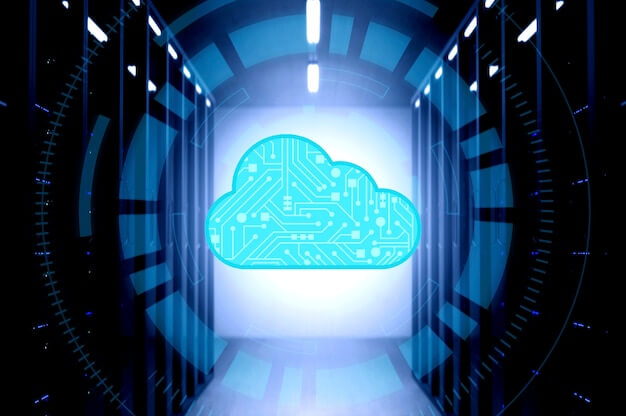ERP is a long-term game, as it is the core platform on which customers build their daily business operations. As ERP continues to move to the cloud, it will open up new opportunities for the channel. As long as they work together, vendors and their channel partners can build a new model that works for everyone.
CLO
The most basic definition of cloud computing is distributed computing, for huge data processing we give up using the original computing processing mode of individual terminals, but through the network cloud terminal to break down all the data into countless small computing steps.
As SaaS solutions become more common in many different industries, it is important to understand how to maintain their management. Here are some ways to overcome and prevent the spread of SaaS.
As more and more enterprises transfer their business to the cloud platform, it is crucial to understand the most common and dangerous cloud security risks and how to maintain protection.
Large enterprises can no longer get away with just having local systems, moving some of their digital operations to the cloud has become necessary, and if both public and private clouds are used it is a hybrid cloud.
Cloud computing has revolutionized IT infrastructure, eliminated hardware and software costs, and allowed customers to access these resources through the Internet. Cloud computing resources include physical and virtual services, applications, data storage, development tools, artificial intelligence services and virtual machines.
Serverless is a new cloud computing paradigm that allows developers to focus more on application development and deployment without focusing on the underlying infrastructure.
No cloud strategy is the same as no business strategy. As enterprises implement 'cloud-first' policies for new workloads, their adoption and interest in the public cloud continues unabated.
Cloud computing is having an increasingly profound impact on the sports industry. People can use cloud computing to analyze and process large amounts of data, which in turn can improve the way athletes train and live.
You may say that cloud computing is something for professionals and has little to do with us ordinary people. In fact, cloud computing has many applications in our daily life!










